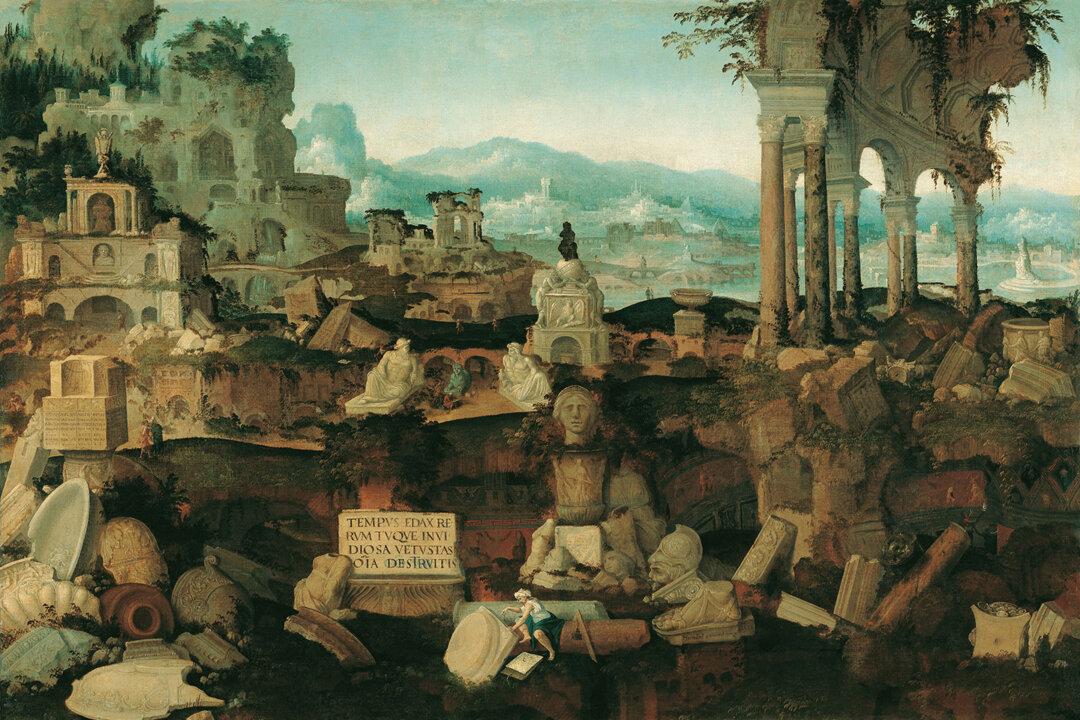RÜGEN, Germany—Crashing surf, salty air, scenic vistas, tantalizing local cuisines—ah, the appeal and charm of an island vacation. Think Bermuda, Capri, Maui, Tahiti, Rügen. Rügen? Few Americans have heard of it, and judging from a recent visit there, Germans seem content to keep the place as their own seaside retreat.
Our recent Friday-to-Monday visit brought us in contact with no other Americans at all—a rarity for any visit to Germany.






